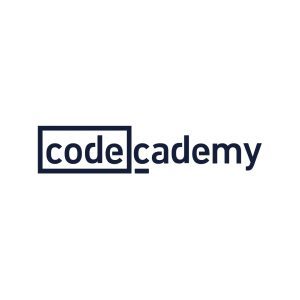Advanced Querying Techniques in SQL Server
SQL Server’s data engine traditionally stores relational data but it can also be used to store data in non-relational schemas. You’ll learn about one example — Entity, Attribute, Value (EAV).
SQL Server’s Transact-SQL language has the ability to transform relational data in a wide variety of ways. In this course, Advanced Querying Techniques in SQL Server, you’ll gain the ability to solve four important problems using SQL Server. First, you’ll learn how to navigate hierarchical data using recursive common table expressions (CTEs). Second, you’ll explore how to rotate tabular data while aggregating desired metrics using PIVOT. Next, you’ll discover how to transform cross tabulated data into relational data using UNPIVOT. Then, you’ll see how to use semantic data modeling and Entry, Attribute, and Value data structures when a purely relational model limits flexibility and attributes can change frequently. Finally, you’ll learn how to sample SQL Server data for analysis and testing. When you’re finished with this course, you’ll have the skills and knowledge of advanced SQL Server querying techniques needed to quickly address the problems presented here.
Author Name: Gerald Britton
Author Description:
Gerald Britton is a Pluralsight author and expert on Python programming practices and Microsoft SQL Server development and administration. A multiple-year of the Microsoft MVP award, Gerald has led introductory classes in Python and SQL for industry-sponsored events at Ryerson University, Toronto and the University of Toronto (his alma mater).
Table of Contents
- Course Overview
1min - Navigating Data Hierarchies Using Recursive Queries
22mins - Aggregating Data Using the PIVOT and UNPIVOT Clauses
20mins - Storing Data as Entities, Attributes, and Values (EAV)
20mins - Sampling Data in SQL Server
9mins







There are no reviews yet.